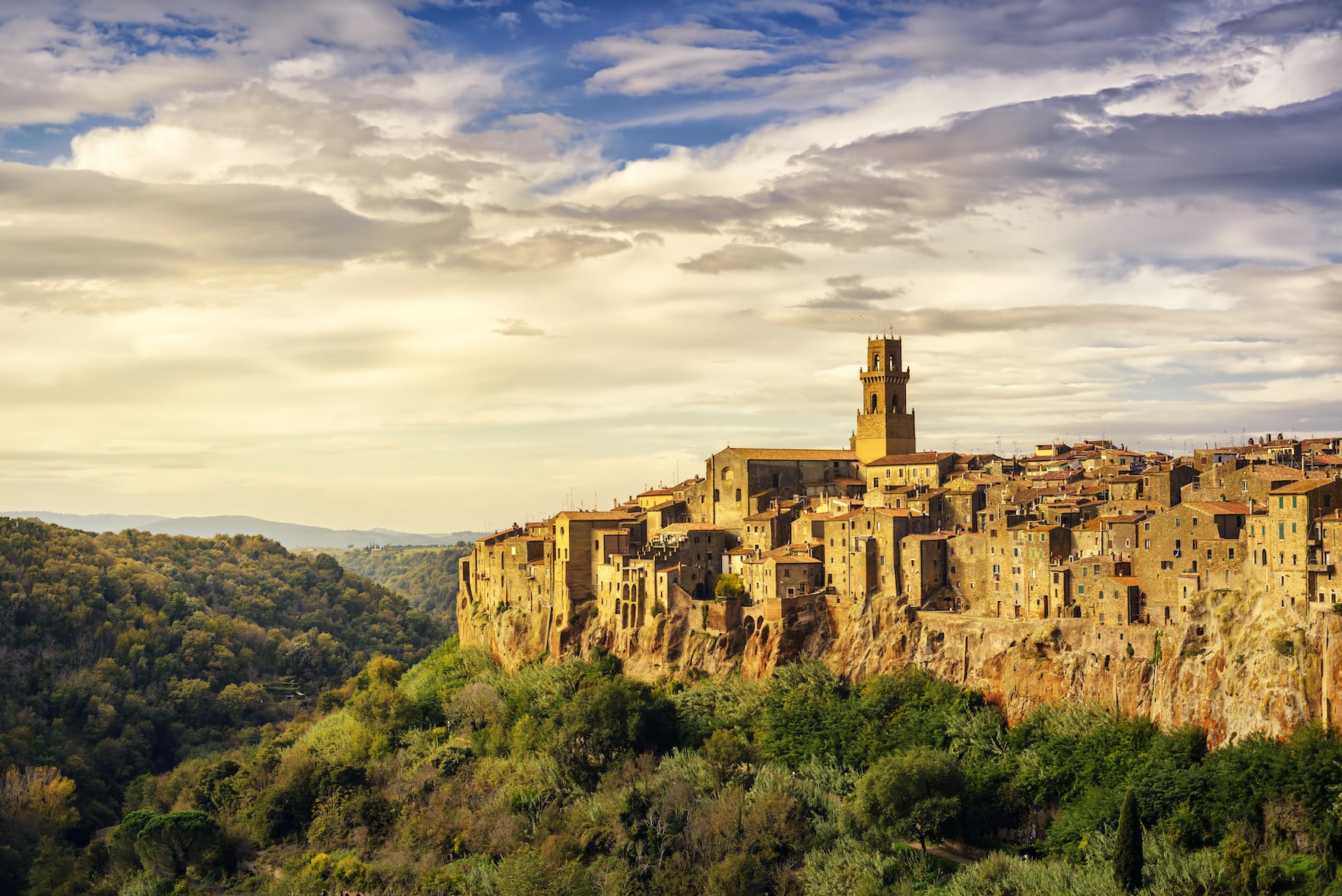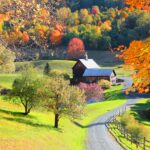Have you ever had the dream of chucking it all in, moving to Tuscany, and buying a vineyard? If you have, keep reading. John Eric Home has caught up with William Hutchinson, whose family is from and still lives in Tuscany. He owns and operates a bio vineyard outside the city of Pitigliano.
JEH: Our readers may never have heard of Pitigliano – can you tell us a little more about it?
WH: Pitigliano is an Etruscan city. All around this area, you find their gravesites and other remnants of their settlements. It grew when the Orsini family took over the city and decided that they could facilitate wealth and growth by drawing more diverse people to the city. So, it is a rather unique place.
JEH: What is your favorite part of Pitigliano?
WH: I love how it’s such a beautiful city and it lives in untouched nature. There are no main industries here. It is still an agricultural community, and I find the landscape jaw-dropping. It’s full of ravines and streams and the tuff (pronounced truffo) soil, which you see everywhere, is what they used to build the city. Tuff is compressed volcanic ash, which makes it easy to carve. It is why the city is so different and beautiful. There is a fresh energy here – it is energizing. I also love the old Etruscan paths that wind through nature.
JEH: Every Italian town has a pronounced city center where the traditional piazza is the backbone of the community. How would you describe Pitigliano’s?
WH: The old city center is now considered one of the most beautiful in all of Italy. It has good stores and restaurants. And a great bar. Which is of course important to Italians. It is where we go each day for our morning espresso. On the weekends, locals meet up for apperitivos and dinner. The area is charming, well kept – there is a lot of pride.
JEH: Your family is from a different part of Tuscany, why did you choose Pitigliano for the site of your vineyard?
WH: I was in love with the soil type. The volcanic soil. And the structure – especially the acidity – that would produce good wines. There is a certain saltiness that comes out of volcanic soils. Also, a certain tension and freshness in the soil. It leads to a nice sensation in the mouth.
Although over the past several years some big Italian wineries have bought land and vineyards in the Pitigliano area, the majority of vineyards are still family-run and sell to local cooperatives. So, in terms of managing and running the vineyard, it means that it is easy for an individual or small team to do. The vineyards here were actually developed in a very traditional way, when individual families ran them.
JEH: One can only imagine all the work involved in running a vineyard. Can you tell us a bit more about your experiences? What is it like to run a Tuscan vineyard?
WH: There is no doubt, it is a lot of work. From pruning and everything else that needs to be done to take care of the vines – leaf dropping, bunch (grape) dropping, shoot thinning – to spraying the vines for disease prevention. I am a bio vineyard and so use only purely organic products. Then there is the mowing and the planting. A constant routine must be kept up in-between rows to replenish the soil. The trellis systems must be monitored for repair, the machinery all kept in working order, the vineyard must be protected from wild animals, especially boar. The list goes on and on. But I love it.
JEH: You mentioned leaf dropping and bunch dropping. Can you explain what that means?
WH: Leaf dropping is removing the leaves from the center of the canopy of the vine to allow for good ventilation. Bunch dropping is removing bunches of grapes in areas that are way too crowded. Overcrowding is not good for the grapes. You risk them rubbing against each other and creating damaging and also disease. Disease spreads through density.
JEH: How do you decide how many grapes or vines to grow?
WH: It is about quality, and you have to decide how much yield you want. Too much yield will reduce the quality of the grapes. Too few and you are creating a product that is very expensive. Some people do have a small yield – they leave only a few bunches per vine – but the cost can be astronomical on those wines.
JEH: Can you give us an idea on what it is like during harvest time?
WH: Organized chaos. It’s not chaotic in the sense that there is not organization, but it is the busiest time of the year and things move quickly. You don’t get a lot of sleep. It’s about managing the grapes coming in, getting them processed (fermenting), making sure there is enough space. You need to make decisions on quality – remove the grapes that may have a problem. It’s about six weeks of intense work.
A very important part throughout the entire process – from vine to bottle – is maintaining cleanliness and maintaining the yeast. The vineyard is a pretty steady job – you control your hours and mother nature controls the rest – but everything has to be really, really clean. You are disinfecting and washing all the time. Then there is the yeast. Yeast is temperamental, and you need to always keep control of it. You have to keep your eyes on it.



JEH: After the grapes are harvested, what’s the next step?
WH: You are managing the fermentation process. Tasting the wine. It’s the first step to see how the wine is doing. How it is beginning to taste. If there is threat of contamination. With red wines, you need to know what point to press. Skin contact, loss of acidity – you need to constantly monitor. Once all the wines have stopped fermenting and are pressed off then you can relax a bit. But just a bit. During this stage, you always want to make sure that the tanks are full and monitored. In the tanks you have to manage oxidation and the naturally occurring sulphur levels. Afterwards, you bottle.
JEH: When do you know when to bottle?
WH: When you do it depends on the wine. Some wines bottle four years later, and some are bottled six months later. Others are bottled after a few months. But it really does all depend on the type of wine.
JEH: You also produce olive oil; can you tell us a little about that?
WH: Olive trees are way easier to manage than grape vines. Grapevines need constant attention. Olive trees need a little bit of pruning – with them, the less you prune them the better – you can even let them go for a year. The only thing that you might do to olive trees is spray them with a little bit of copper for disease protection. You really don’t need to do much until it’s time to harvest them.
JEH: How do you harvest the trees?
WH: You basically have to shake them. For smaller producers like myself – I use a machine that looks like a set of tongs that mounts on to the tractor – it vibrates, and the olives fall off the tree and onto a net that is placed on the ground. Then, it’s time again for quality control. Checking the olives and making sure to remove any bad ones. Afterwards, they are gently run through an olive grinder/masher. Traditionally, they were mashed by stone, but now it is a gentle process through the machine.
What’s important when producing olive oil is that it can’t ever get too hot. It needs to maintain an 18-23 C range (64-73 F) for a really good taste. That is what is termed cold pressing. Like the grapes, there is a whole process revolving around managing temperature and oxygen levels. But with olive oil, you bottle it as soon as its pressed, as it does expire.



